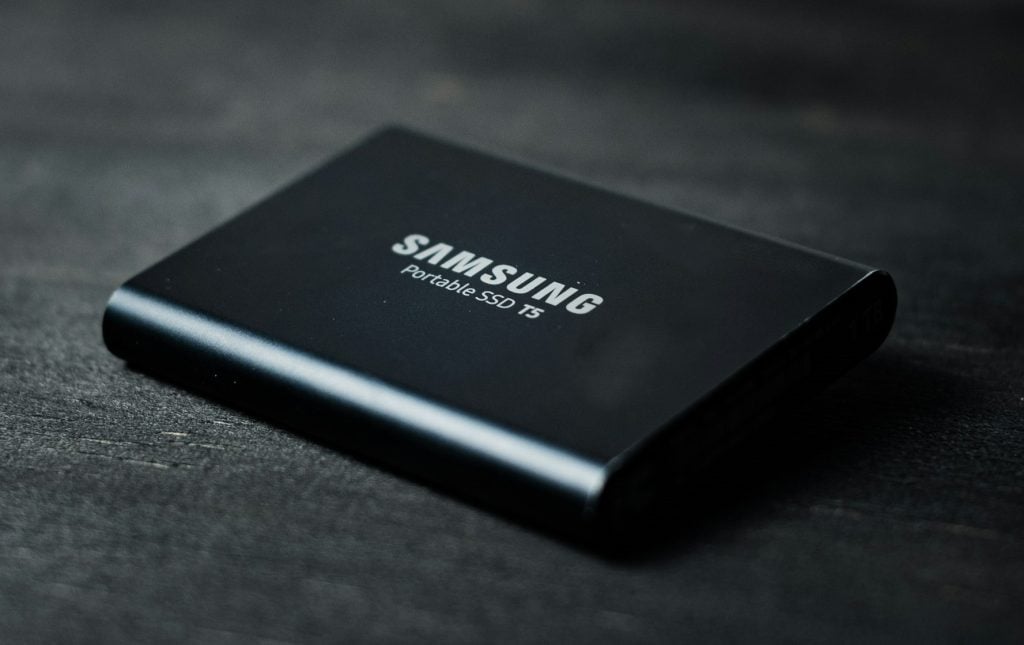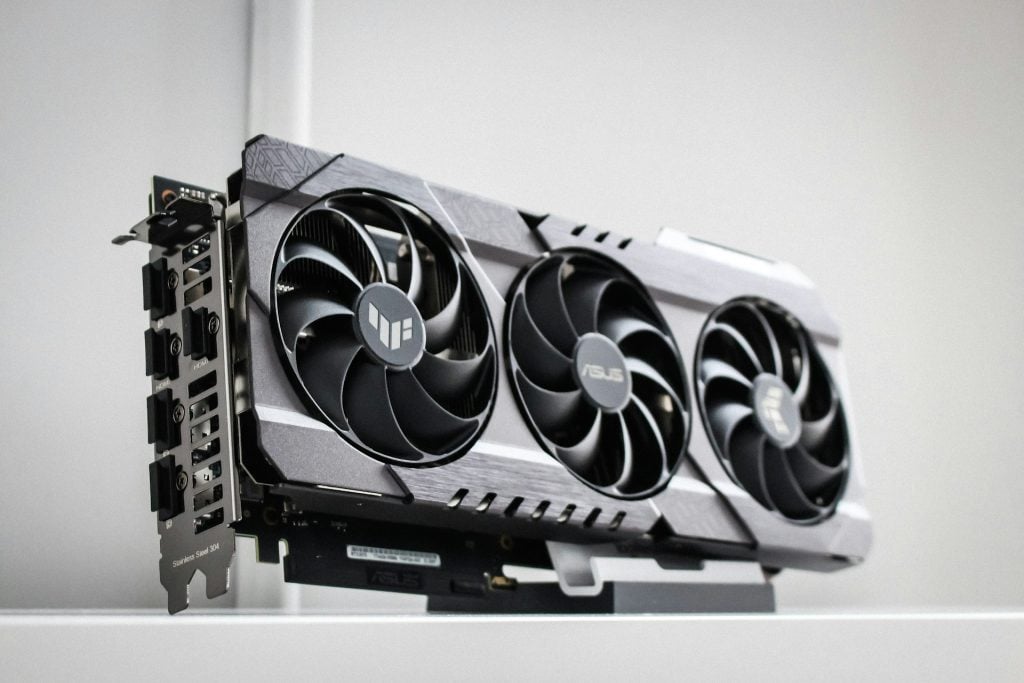After a prolonged lull, there’s finally some good news for manufacturers and retailers. The PC market is slowly starting to recover, with the demand and sales reaching the pre-pandemic levels. It will be accompanied by a price rise!
According to market analyst firm Canalys, PC shipments worldwide are seeing an uptick following seven disastrous quarters. The year 2024 will see an 8% rise in PC shipments compared to 2023.
At the same time, experts are predicting a long-due price increase driven by multiple factors. And this time around, it doesn’t look like a price rise will affect the demand. So, brace yourself to shell out a few extra bucks if you are planning to buy a new PC!
Why are PC prices increasing all of a sudden?
Though Intel previously refuted reports that the cost of its processors is going up, the increase in retail prices for processors, and the PC in general, now seems imminent. It’s driven by the following factors:
New technologies have revived user interest
With the AI revolution simplifying tasks like writing an email or performing a web search, more and more users now want to jump on the bandwagon. Microsoft Copilot and ChatGPT have become synonymous with AI.
To best utilize the potential of AI, you need to be using a supported PC. And older ones seem to not make the mark.
One of the biggest drawbacks of Windows 11 is the strict system requirements, but the latest iteration of the OS offers more AI-friendly features compared to Windows 10. This led to many users upgrading to a PC compatible with Windows 11.

Similarly, to get the best performance out of ChatGPT or other AI-image generation software, improved graphics were needed. In such cases, the not-so-technical users generally upgrade the PC instead of getting a new GPU. It often makes sense, too!
In a recent report, Lenovo insiders suggested that there will be a growth in PC demand fueled by AI in FY24 and FY25.
This renewed interest is set to dominate the market and increase the demand. Manufacturers realize that this opportunity can be capitalized. As a result, there will be a rise in prices.
The cost of PC components is increasing
In recent months, PC components, particularly memory, storage, and GPU, have become costlier. Analysts at TrendForce suggest that the price of NAND Flash memory could increase by 50%, which will directly affect the cost of SSDs (Solid State Drives). And most PCs today come equipped with SSDs.

As per analysts, a 40% increase would help companies just break even, and to ensure profitability, the price rise could be 50% or higher. The current shortfall in production results from this adjustment and companies switching to DRAM from NAND.
Similarly, the cost of GPUs (Graphics Processing Units) has increased over the years, even if we discount the inflation. Initially, this surge was led by crypto mining, as was the case with NVIDIA. Reports suggest that Ethereum miners spent as much as $15 billion on GPUs, driving the prices.

Although, crypto mining is becoming less profitable by the day. The Proof of Work (PoW) consensus mechanism is slowly being replaced by Proof of Stake (PoS). But prices are not expected to stabilize any time soon!
Companies trying to recover the losses
Manufacturers, ever since the initial surge during the pandemic, have been reeling under losses (or reduced profits) due to subdued demand. Many have already laid off a significant percentage of their workforce over the last few years.
HP Inc., in 2023, stated that they will terminate 6000 employees, 12% of the workforce, over the next three years. Dell, too, announced layoffs in different divisions.
There couldn’t be a better opportunity to recover the losses, or at least a part of it. Given that the surge in demand is likely to sustain, you can expect a price rise or fewer promotions in the coming months.
If you are planning to get a new PC, look out for the best deals. Besides, given that the new technologies are rendering hardware obsolete within years, it’s wise to buy a future-ready PC, i.e., one with higher specifications, say, RAM, processor, GPU, and storage.
On the bright side, the global chip shortage isn’t as alarming anymore. So, the surge in prices should be limited.
What’s your take on the changing global market dynamics? Share with us in the comments section below.




Leave a Comment